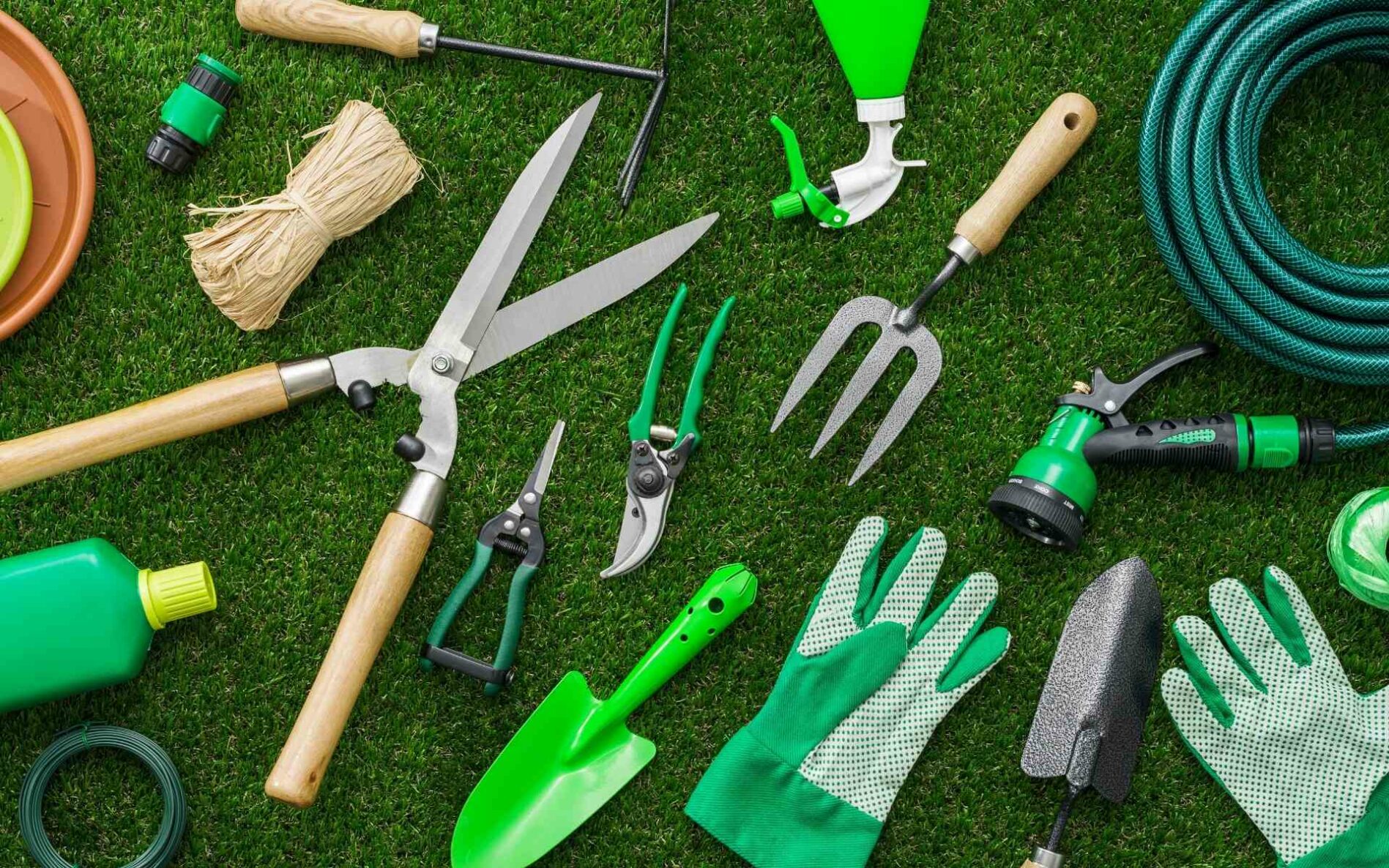If you like to trim in your garden, there is nothing like a new pair of pruners when cutting flowers and pruning trees and shrubs. They are so clean, sharp, and cut like butter!
Oftentimes we don’t take care of our gardening tools—letting them get rusty, dull, and clogged with sap and sawdust, making you and your plants unhappy. It comes as no surprise to find that one of the most popular topics at our Sustainable Landscape Maintenance workshops are the guidelines and demonstration on how to clean and maintain your garden tools.
Below are some answers to some basic questions shared by Linda Eremita, TreePeople’s Senior Certified Arborist and tool-cleaning enthusiast!
What is the most important reason for keeping your gardening tools clean?
Clean garden tools are a key part of garden sanitation, so it is important to sterilize your tools as frequently as possible to help prevent the spread of disease-causing pathogens!
Simply spray 91% Isopropyl Rubbing Alcohol on the blade of hand pruners, loppers, and saws. Wait 20 seconds, then, wipe off. This not only kills fungi and bacteria, but also removes tree and plant sap. We suggest disinfecting between trees or shrubs if you suspect there is disease, otherwise, be sure to clean your tools before putting them away.
How can I prevent my tools from rusting?
Use a drop or two of 3-In-One Multi-Purpose Oil or a spray of WD-40 on tool blades. Don’t forget to lubricate the spring and any metal. This should keep them lubricated and rust free!
If rust has developed on your tools or to remove stubborn sap, use Emery cloth (a fine grit sandpaper for metal) to remove it. Apply some oil then rub with the Emery cloth. Be sure to wipe off the gunk with a rag, and then re-apply some oil.
What is the proper way to sharpen my pruning shears?
- Use a single-cut file to sharpen the blades of pruners and loppers.
- Place the file on the beveled cutting edge of blade.
- Angle the file so it’s at the same angle as the bevel.
- Push the file against the blade, starting at the sharp edge and moving upward against the bevel, trying to keep the file at the same angle as the bevel.
- Lift the file, bring it back to the edge, and push up again. DO NOT FILE BACK AND FORTH. Only move the file in one direction, starting at the sharp edge and moving upward.
- When you see that the beveled edge is shiny, you are finished.
Check out this video for a quick demonstration!
What about my saw blade?
The small teeth of saw blades are too hard to sharpen. Each tooth has multiple bevels and is almost impossible to sharpen and keep the proper angle. Instead, use a wire brush to remove any sawdust and sap stuck in the saw teeth. Be sure to disinfect with alcohol first, then apply oil or WD-40, and then use the wire brush. Also, Emery cloth can be used to remove stubborn sap.
There you have it! It won’t be long until you are a tool-cleaning enthusiast like Linda—your plants will be happy and so will you!

